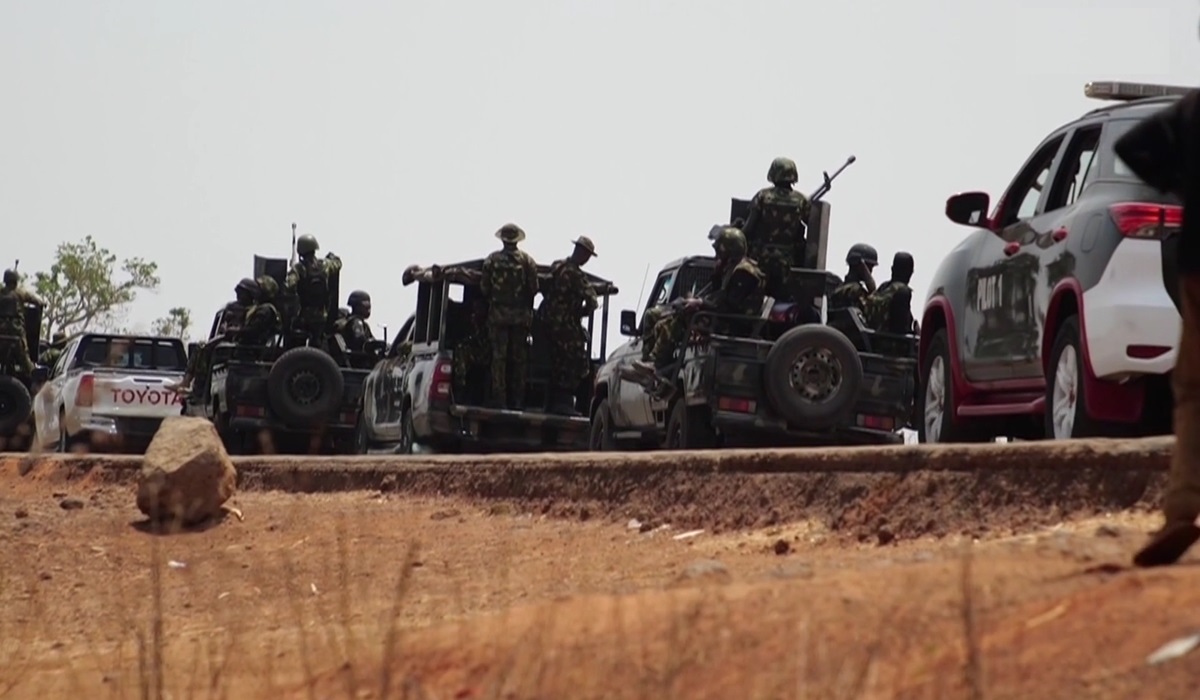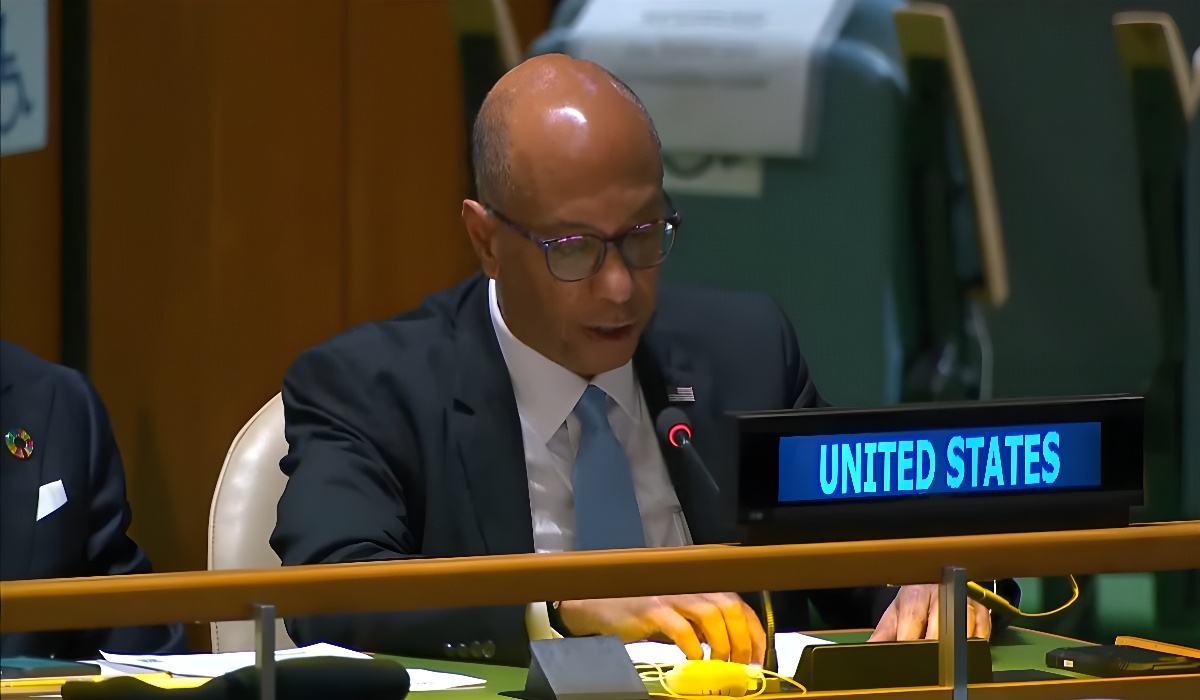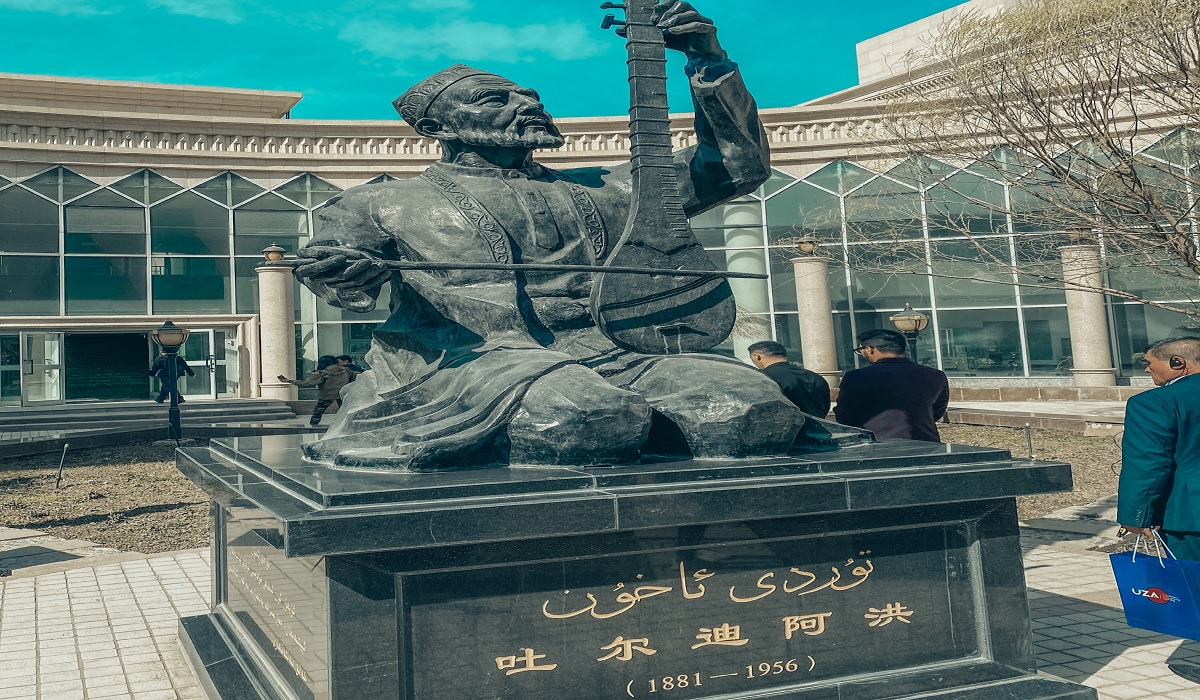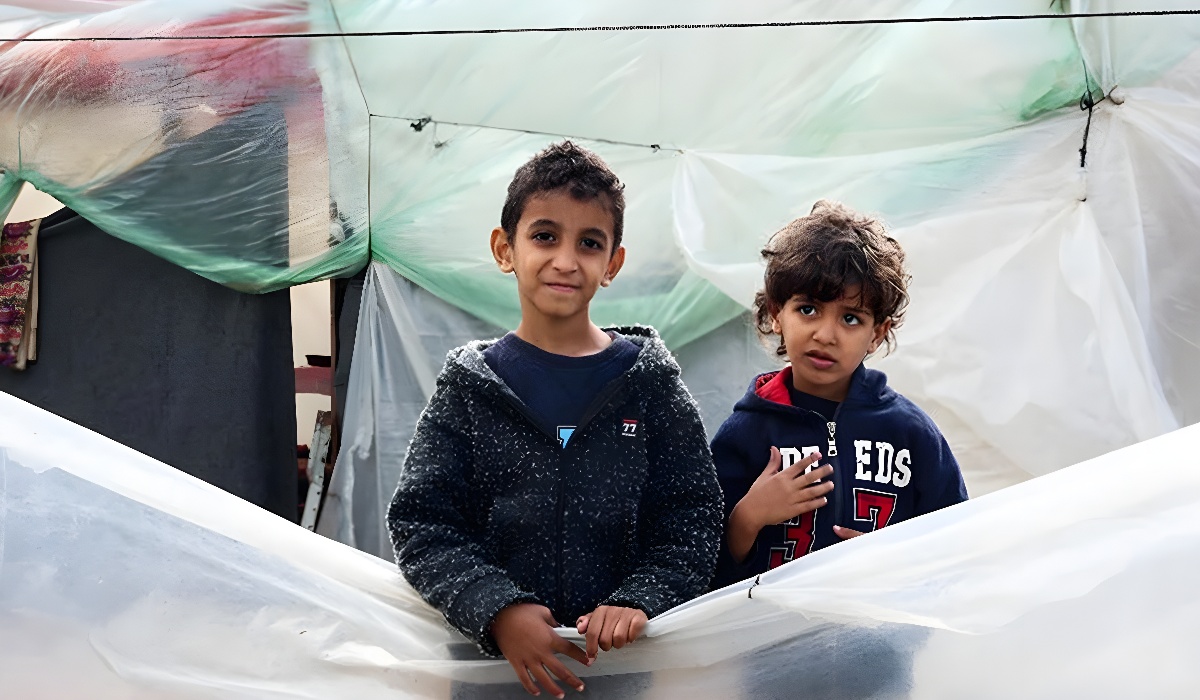1 Million Rohingya Refugees Without A Home
- Contributor
- Breaking News
- East Asia
- South Asia
- August 24, 2022
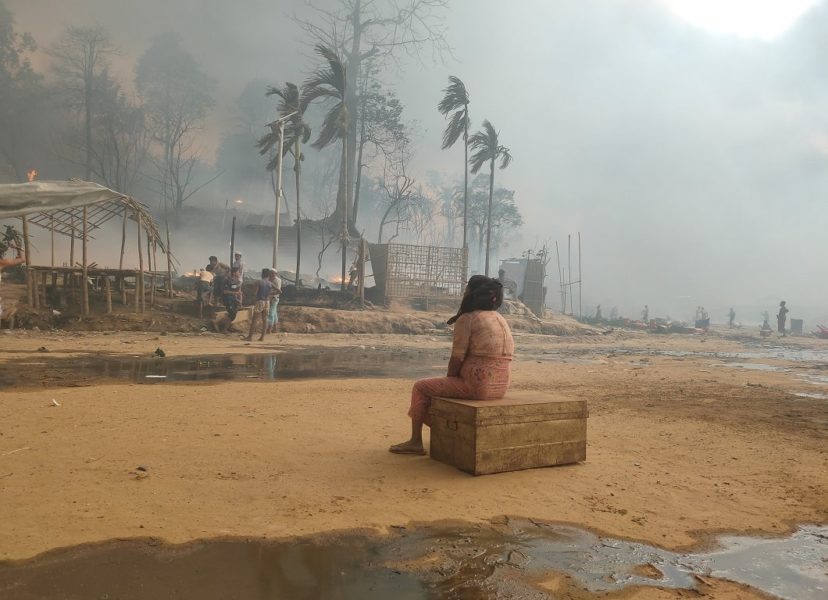
1 Million Rohingya refugees are at point of no return, as crisis marks five years
Michelle Delaney
Senior Media Adviser to the Secretary General
Advocacy and Media Section, Oslo
Phone: +47 941 65 579 | michelle.delaney@nrc.no | | Twitter: @michelledelaney
Norwegian Refugee Council
www.nrc.no | Facebook | Twitter
Today marks five years since one million Rohingya people were forced to flee to Bangladesh from their homeland in Myanmar. The Norwegian Refugee Council’s Secretary General Jan Egeland in Bangladesh this week, warning that the Rohingya crisis has now reached a dangerous tipping point, with refugees potentially never returning home to Myanmar if regional leaders do not chart a way forward.
Of the million Rohingya living in Bangladesh, some 450,000 are children, youth and adolescents who are at grave risk of becoming a ‘lost generation’. As international attention dissipates and funding plummets, opportunities for education and employment remain unsubstantial. A new assessment carried out by NRC on Rohingya refugee youths found that 95 per cent are unemployed, and as a result suffering from high levels of anxiety and stress.
The Rohingya crisis has reached a dangerous tipping point, with refugees potentially never returning home to Myanmar if international leaders fail to chart a way forward, the Norwegian Refugee Council’s Secretary General Jan Egeland warned today.
“From what I’m seeing on the ground, the Rohingya refugee community in Bangladesh is almost at the point of no return; they must be helped out of displacement now or it will be too late. Families I have spoken with have witnessed the worst of humanity. If this cruel limbo continues the reality of them ever returning home to Myanmar is extinguished,” said Jan Egeland, Secretary General of the Norwegian Refugee Council, on a visit to Bangladesh this week.
Since fleeing deadly violence in Myanmar in August 2017, one million Rohingya refugees remain completely aid dependent in neighbouring Bangladesh. They are spread across 31 settlements collectively referred to as the largest refugee camp in the world.
Some 450,000 of the refugee population are children, youth and adolescents who are at grave risk of becoming a ‘lost generation’. As international attention dissipates and funding plummets, opportunities for education and employment are woefully inadequate.
A recent assessment carried out by NRC on 317 refugee youths found that 95 per cent were unemployed, and as result suffering from high levels of anxiety and stress.

“Today I spoke with young refugees with their backs against the wall, struggling under mountains of debt with no jobs and no opportunities. They are tired of waiting for the world to act, and tired of broken promises and hopelessness,” said Egeland.
During the visit, Egeland called on the Foreign Secretary and the State Minister for Disaster Management, to convey appreciation for the ongoing support of the Bangladesh Government, and met with donors to urge continued cooperation and support.
The Rohingya humanitarian response plan is chronically underfunded. Only 25 per cent of the funding needed has been received, eight months into the year. This amounts to just 35 cents per refugee per day. There are growing fears that pledged funding may be diverted to other, more high-profile crises elsewhere.
While aid is crucial for alleviating suffering, it will not resolve the crisis.
“I am dismayed by the international leadership vacuum to the Rohingya crisis, outside of Bangladesh. Rather than unlocking the political deadlock to finding lasting solutions for these people, leaders are competing in a race to the bottom – pushing back, forcibly repatriating people seeking safety and limiting resettlement and other migration options. China and ASEAN member states should organise a UN-ASEAN-China leadership summit to chart a course forward to resolve the crisis,” said Egeland.
“Refugees in Bangladesh are on the precipice of a frightening abyss. If we fail them – if we accept this great injustice as normal – future generations will judge us by what we did not say, and what we failed to do.”
The humanitarian situation in Myanmar continued to deteriorate due to intense fighting across many parts of the country. As a result, new displacement and destruction of civilian properties have been reported, triggering new humanitarian needs and further compounding the already fragile situation.
Over 1 million people are currently displaced across Myanmar. This includes nearly 866,000 people displaced by the conflict and insecurity since the military takeover last year, according to the United Nations.
Over 14 million people need humanitarian aid to survive.
Myanmar’s aid response plan for 2022 is less than 17 per cent funded. Despite the access constrains, the humanitarian organizations continue to provide essential services to most vulnerable populations.
Last year, we provided over 200,000 people in Myanmar with support including in the areas of education, food, water, sanitation and shelter. In Bangladesh, we reached over 171,000 people with education, information and counselling, shelter and water support.




